Rebuilding After The Storm: The Social Impact Of Hurricanes
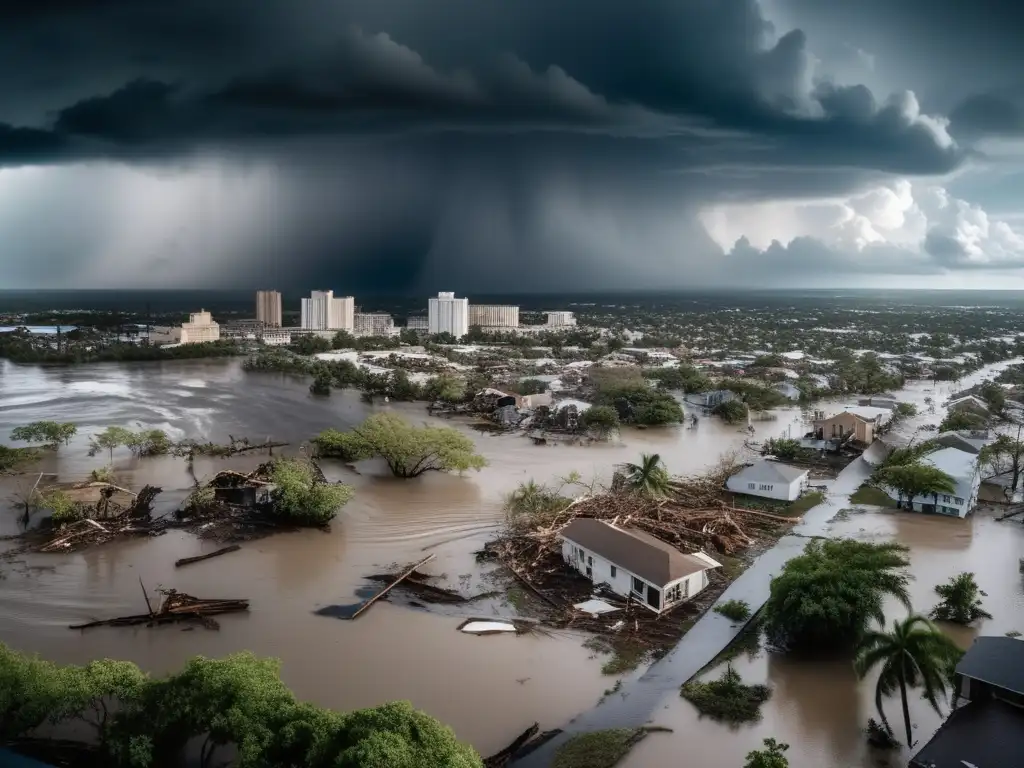
Rebuilding After the Storm: The Social Impact of Hurricanes
Introduction
When a hurricane hits, its impact goes beyond physical destruction. The social impact of hurricanes can be devastating as well. The aftermath of a hurricane can bring about changes in the way people live and interact with each other. This article aims to explore the social impact of hurricanes and how communities can rebuild after the storm.
The Immediate Aftermath
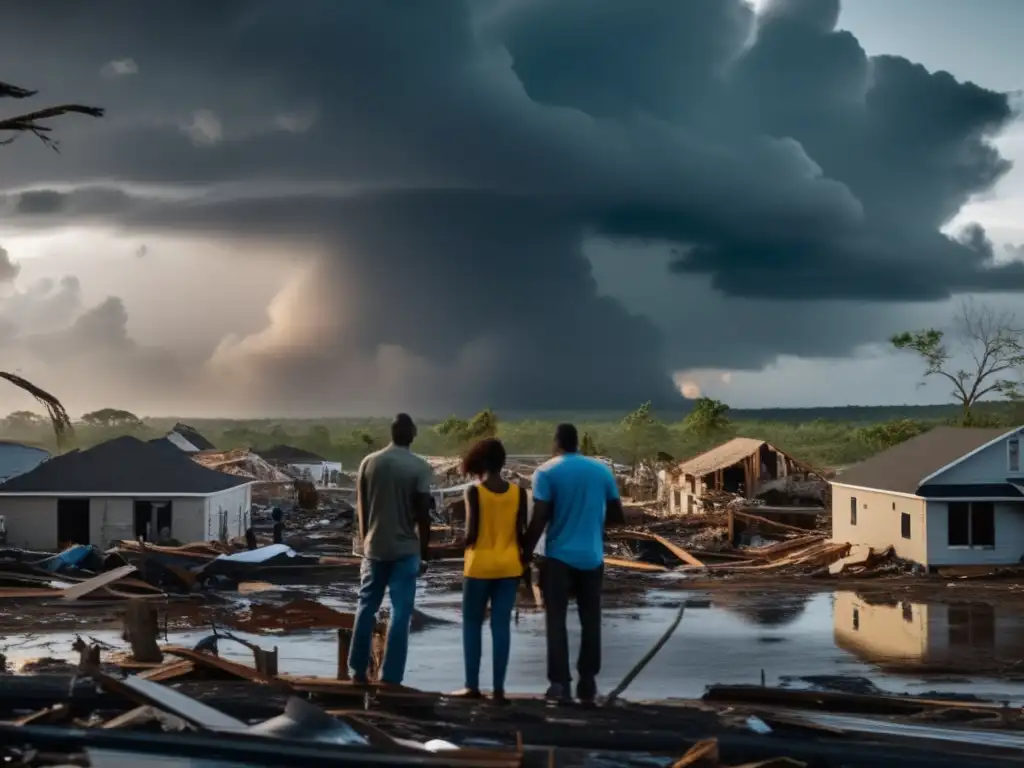
Displacement
In the immediate aftermath of a hurricane, many people are forced to leave their homes due to damage or inaccessibility. This displacement can last for days, weeks, or even months, depending on the severity of the storm and the amount of damage sustained. Temporary shelters are often set up to house those who have been displaced, but these facilities are often overcrowded and lack adequate resources.
Displacement can lead to a breakdown in social connections, as families and friends are separated and forced to live in unfamiliar surroundings. This can add to the stress and trauma experienced by those affected by the hurricane.
Economic Impact
Hurricanes can also have a significant economic impact on communities. Businesses may close due to damage, power outages, or lack of customers. This can lead to job loss and financial hardship for individuals and families. The economic impact can be felt long after the hurricane has passed, as businesses struggle to recover and people struggle to find work.
The economic impact of a hurricane can exacerbate existing inequalities, as those with fewer resources may find it more difficult to recover financially. This can contribute to a sense of hopelessness and frustration in affected communities.
Mental Health Impact
The mental health impact of a hurricane can be significant. The trauma experienced by those who have been displaced or lost their homes can lead to feelings of depression, anxiety, and PTSD. The stress of dealing with insurance claims, finding temporary housing, and trying to rebuild can add to the mental health burden.
The mental health impact of a hurricane can be felt long after the physical damage has been repaired. Communities may need access to mental health services in order to help residents cope with the emotional toll of the storm.
Long-Term Impact
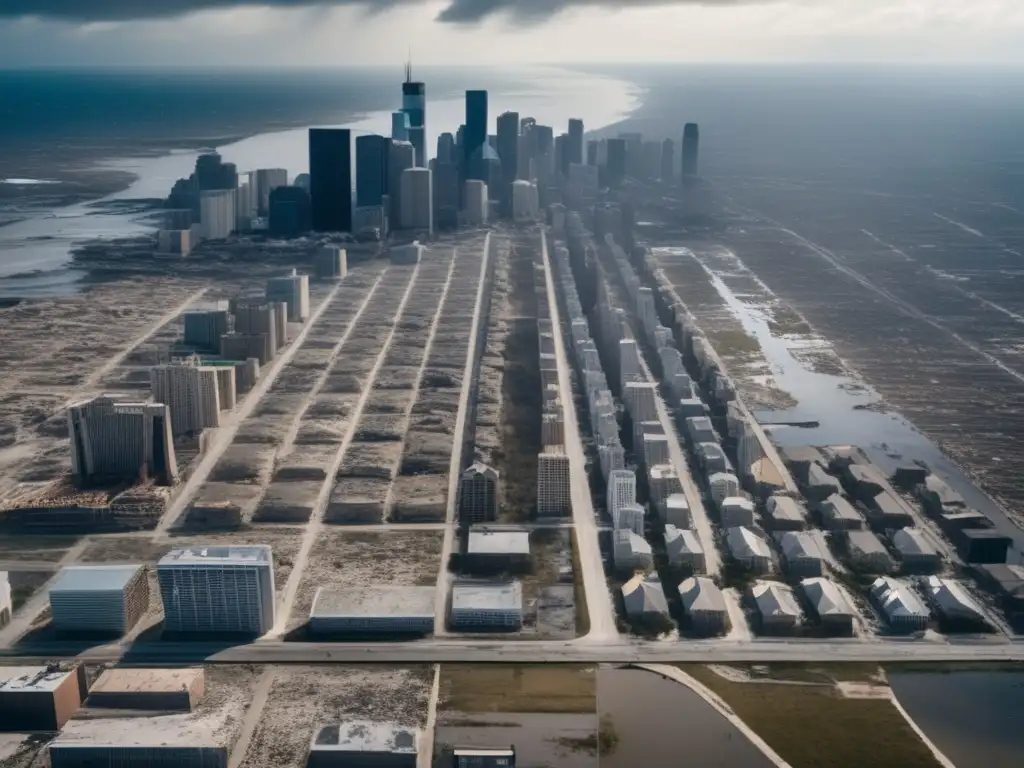
Displacement
Displacement can have a long-term impact on communities affected by hurricanes. Even after people are able to return to their homes, the damage sustained can lead to prolonged displacement. In some cases, homes may need to be rebuilt entirely, which can take months or even years.
The prolonged displacement can lead to a breakdown in social connections, as people are forced to live in unfamiliar surroundings for extended periods of time. This can make it difficult for people to rebuild their lives and communities after the storm.
Changes in Community Dynamics
Hurricanes can bring about changes in community dynamics. In some cases, communities may become more resilient and come together in the aftermath of the storm. However, in other cases, the storm can exacerbate existing conflicts and inequalities.
For example, in areas where there is already tension between different socio-economic groups, the economic impact of a hurricane can deepen divisions. Those with fewer resources may feel left behind or neglected, while those who are more affluent may be able to recover more quickly.
Infrastructure Damage
Hurricanes can cause significant damage to infrastructure, including roads, bridges, and buildings. This damage can have a long-term impact on communities, as it may take years to repair or replace the damaged infrastructure.
The lack of access to basic services, such as electricity and clean water, can make it difficult for people to live and work in affected areas. This can lead to a decline in economic activity and a sense of isolation among community members.
Community Resilience and Rebuilding
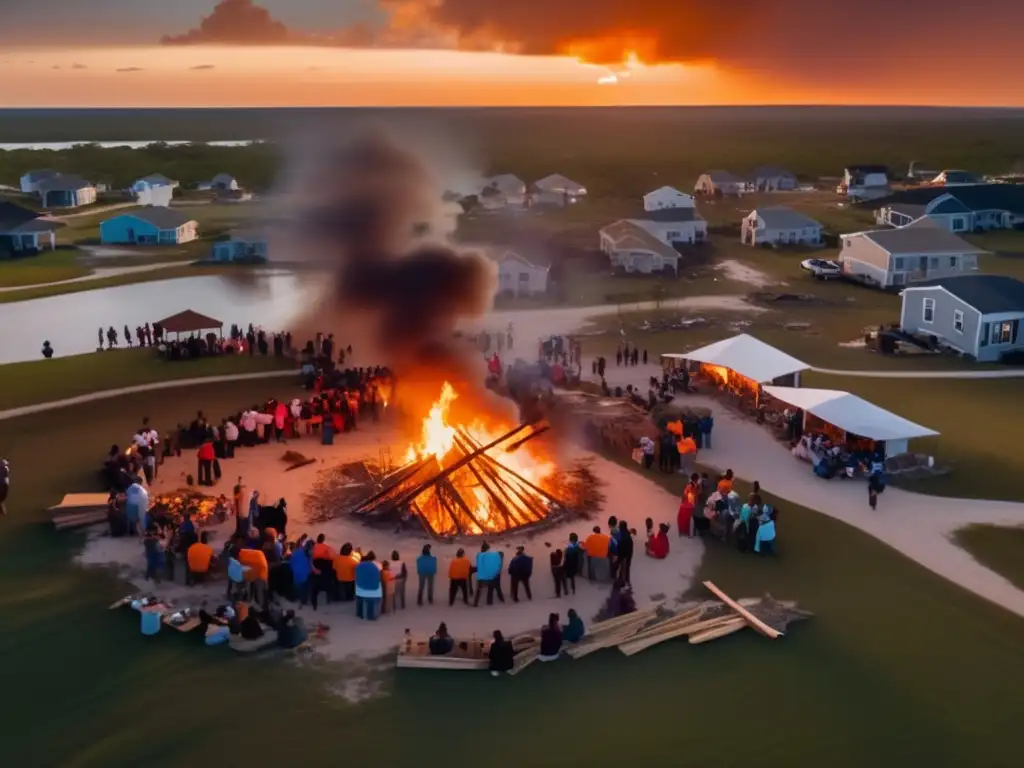
Community Engagement
Community engagement is crucial in the aftermath of a hurricane. Community members should be involved in the recovery process, from the initial response to long-term planning. This can help to rebuild social connections and foster a sense of ownership over the recovery efforts.
Community engagement can also help to identify and address existing inequalities, ensuring that everyone has a voice in the recovery process. This can help to promote a more equitable and resilient community.
Resilience Planning
Resilience planning is important for communities that are at risk for hurricanes. This involves identifying and addressing vulnerabilities in the community, such as inadequate infrastructure or social inequality.
Resilience planning can help to mitigate the impact of future hurricanes, making communities more prepared and better able to recover quickly. This can help to build a stronger, more resilient community over time.
Mental Health Support
Access to mental health support is vital in the aftermath of a hurricane. Communities should have access to resources such as counseling and therapy, which can help individuals and families cope with the trauma and stress of the storm.
It is important that these resources are available to everyone, regardless of income or insurance status. This can help to ensure that everyone has access to the care they need to recover from the mental health impacts of a hurricane.
Frequently Asked Questions

-
How can communities prepare for the social impact of hurricanes?
Communities can prepare for the social impact of hurricanes by engaging in resilience planning, promoting community engagement, and ensuring access to mental health support.
-
What is the long-term impact of displacement?
The long-term impact of displacement can include a breakdown in social connections and difficulties in rebuilding after the storm.
-
What role can community engagement play in rebuilding after a hurricane?
Community engagement can help to rebuild social connections and foster a sense of ownership over the recovery efforts. It can also help to identify and address existing inequalities.
-
How can resilience planning help to mitigate the impact of future hurricanes?
Resilience planning involves identifying and addressing vulnerabilities in the community, such as inadequate infrastructure or social inequality. This can help to make communities more prepared and better able to recover quickly.
-
Why is access to mental health support important in the aftermath of a hurricane?
Access to mental health support is important to help individuals and families cope with the trauma and stress of the storm. It can help to ensure that everyone has access to the care they need to recover from the mental health impacts of a hurricane.
Conclusion
When a hurricane hits, its impact goes beyond physical destruction. The social impact of hurricanes can be devastating as well. Communities can prepare for the social impact of hurricanes by engaging in resilience planning, promoting community engagement, and ensuring access to mental health support. It is important that communities work together to rebuild after the storm, fostering social connections and a sense of ownership over the recovery efforts. By doing so, communities can become stronger and more resilient over time.
Additional Resources
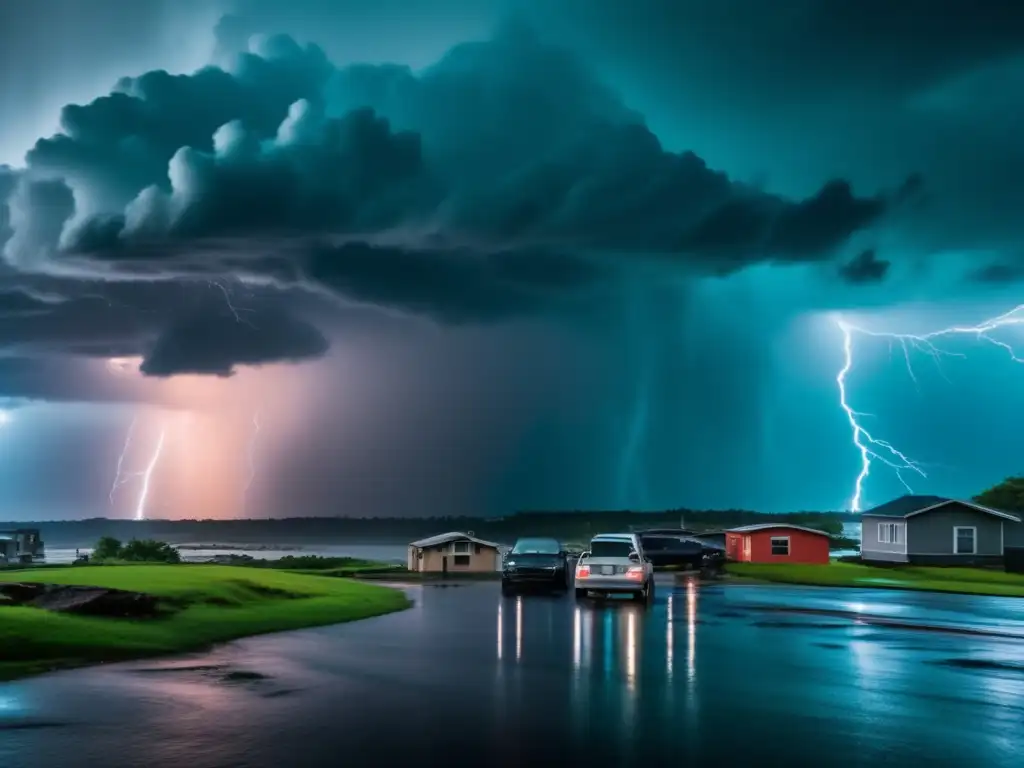
- Ready.gov - Hurricanes
- CDC - Hurricanes
- National Institute on Minority Health and Health Disparities - Community Resilience: Hurricane Preparedness and Recovery
 Case Study: The Meteorological History Of Hurricane Andrew
Case Study: The Meteorological History Of Hurricane Andrew Hurricanes And Tornadoes: What Sets Them Apart?
Hurricanes And Tornadoes: What Sets Them Apart? What Makes A Hurricane 'Major'?
What Makes A Hurricane 'Major'?If you want to discover more articles similar to Rebuilding After The Storm: The Social Impact Of Hurricanes, you can visit the Basic knowledge about hurricanes: category.
Leave a Reply

Articulos relacionados: